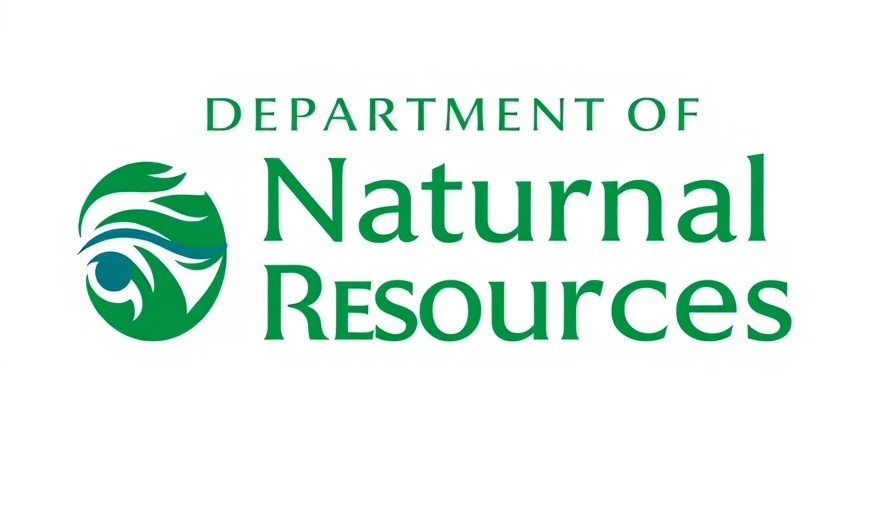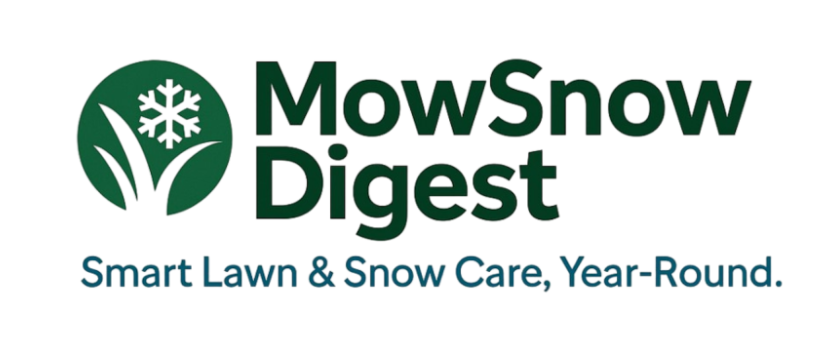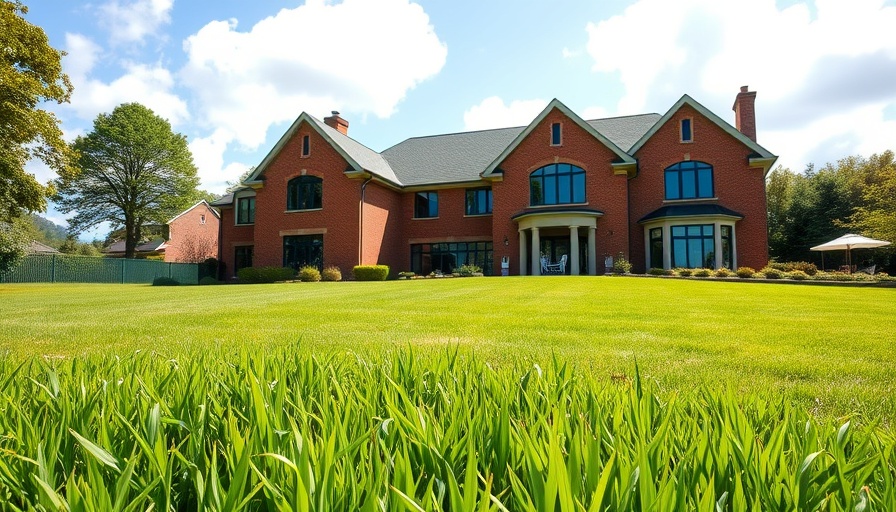
Understanding Storm Damage to Trees: A Growing Concern
As storms become increasingly severe due to climate change, dealing with storm-damaged trees is a pressing issue for homeowners and property managers. Heavy winds and torrential rains can wreak havoc on trees, leaving many leaning, broken, or severely damaged. It’s essential for individuals in Minnesota, especially those with mature or aging trees, to recognize the potential dangers that these damaged trees pose and understand proper cleanup methods.
Essential Safety Tips for Tree Emergencies
The first response to storm damage should always prioritize safety. If you encounter downed power lines, immediate action is crucial—call 911 and stay away from the area. When examining nearby trees, look for signs of instability, such as leaning trunks or split branches. For many, this can be an overwhelming task, which is why contacting professional arborists trained in storm damage management can alleviate stress. These experts can safely remove hazardous trees and assess the overall health of the remaining trees in your landscape.
Proper Disposal of Storm Debris
Cleanup methods are important not only for aesthetics but also for safety and ecological health. Instead of burning damaged branches and debris—leading to potential wildfires in Minnesota—consider chipping, composting, or hauling your waste to designated collection sites. Fire safety is paramount in areas that have experienced drought or storm-related debris buildup. Check resources like the Minnesota Pollution Control Agency’s Compost Facility Site Locator to find the nearest drop-off point.
The Long-Term Health of Your Landscape
After dealing with immediate storm aftermath, it’s crucial not to rush decisions regarding tree removal or pruning. Trees often possess remarkable resilience, and with proper care, they may recover from significant damage. Assess if removal is necessary by determining the extent of damage—if more than half of a tree is compromised or if the trunk displays deep cracks, removal might be the best course of action.
The Importance of Professional Guidance
An important part of recovering from storm damage includes understanding the ecosystem at play. Professional foresters can help identify the best treatment or salvage options for downed trees, preventing larger problems associated with pest infestations and decay. Oak wilt and bark beetles become primary concerns if damaged wood is left unattended. Engaging a local forester can assist homeowners in restoring woodlands effectively.
Take Action: Call the Pros for Lawn Care and Maintenance
When facing the aftermath of a storm, reaching out to professional lawn care services can provide essential guidance and cleanup support. Contact Everett Lucas at 231-450-3414 for expert help navigating recovery from storm damage. With the right team behind you, you'll ensure the health and safety of your landscape for years to come.
 Add Row
Add Row 
 Add
Add 


Write A Comment